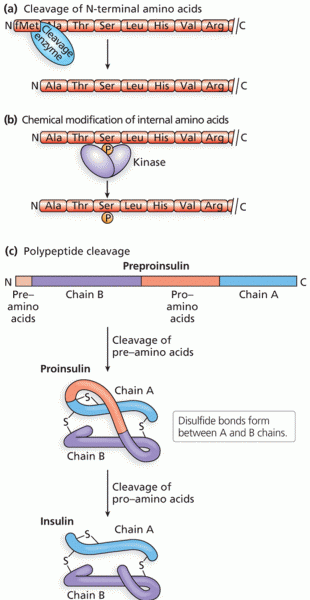Answer to Question 1
The law gives examples of situations where one person can consent to a search for someone else. (1) One lover consents to a search of the room shared with the other lover. (2) One roommate consents to a search of an entire apartment shared with another roommate. (3) A homeowner consents to a search of a room that a house guest occupies. (4) A joint user of luggage consents to a search of the shared luggage. (5) A high school principal consents to a search of a high school student's locker. (6) A factory manager consents to a search of items on top of an employee's workbench.
Actual authority to consent for another person exists when, in fact, one person has legal authority to consent for someone else to a search by police of the other person's house or possessions.
Apparent authority exists when one person does not, in fact, have legal authority to consent to police searching another's house or possessions but, based on the circumstances, the police reasonably believe that the consenting person does have the actual authority.
Answer to Question 2
A pretext stop or arrest occurs when police officers use the objective basis for one event, commonly a traffic offense, as a means to do a search or an investigation for a more serious crime that the officers believe the stopped individual may have committed, but for which they do not have probable cause.
For example, police officers may believe that a driver has drugs in a car. However, they do not have probable cause to search the car for drugs. The police could follow the car until the driver commits a traffic violation and then stop the car for this. If the state law allows, they could then arrest the driver for the traffic violation and conduct a search incident to lawful arrest of the car's interior, pursuant to New York v. Belton. If the search turns up drugs, then the driver would be arrested for that more serious offense.







